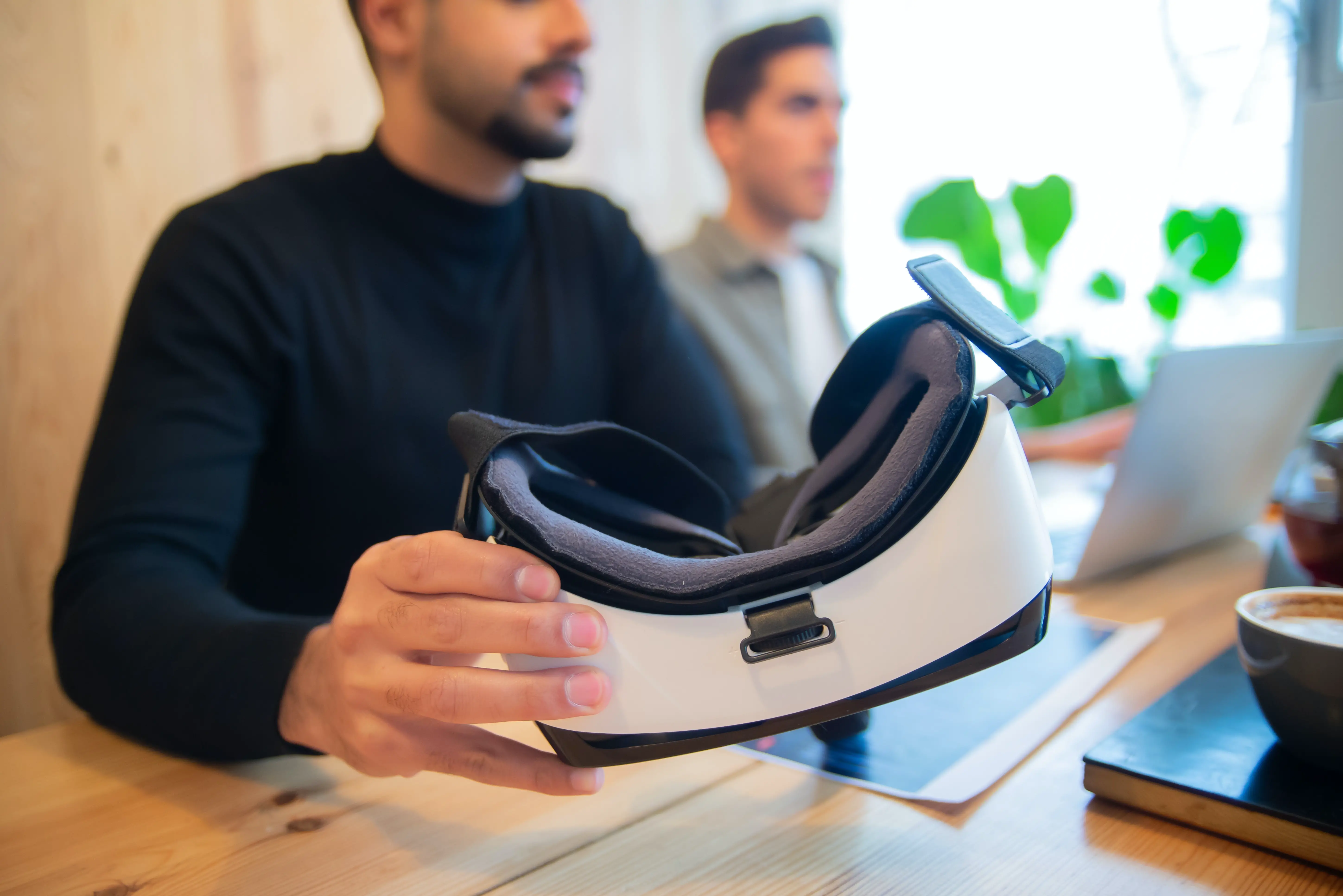According to a literature review, virtual reality for chronic pain has produced encouraging results and faces challenges.
“Despite scientific evidence, access to VR devices is limited due to cost and reluctance in embracing technology or innovation. These are two important challenges that will stand in the way of the availability of VR.” – Rajat Lamington, MD, of the Comprehensive Spine and Pain Center of New York, presenting his review at ASIPP (American Society of Interventional Pain Physicians).
He added that accessibility, acceptance, and awareness are required to increase VR for chronic pain. “Awareness will generate curiosity and large randomized controlled trials that are needed to study the efficacy of VR to hopefully produce similar results as it already has so far,” Lamington added.
The COVID-19 situation has hit people with chronic pain, incredibly hard, Lamington remarked. “Deferment in elective procedures, limited access to physical therapy and psychiatrists, and added psychosocial and emotional stressors have deteriorated their quality of life even more. Some of us have had to prescribe pain medications until patients are able to get their treatment, which is even more challenging given the opioid crisis. This has highlighted the need for innovative treatment options that are non-addictive, portable, and preferably non-invasive.” – Rajat Lamington
VR recognized initially for its entertainment, has been studied in the last ten years to attenuate pain perception, general distress, and anxiety during medical procedures. “VR technology allows users to be transported into a virtual world through a combination of devices which could include a head-mounted display, headphones, or a joystick, and can track your head movements with multimodal stimuli visual, auditory, tactile and olfactory giving an illusion of being completely surrounded by a virtual world,” Lamington noted.
According to ongoing research, virtual reality is considered to be used in 4 ways to control pain: to improve range of motion, distraction, for analgesia, and in combination with behavioral interventions.
By distracting attention from an unpleasant sensation to a comfortable virtual world, virtual reality distraction can significantly reduce pain.
VR also has been shown to increase range of motion in various studies, distinctly one in which chronic pain patients with restricted neck movement were inspired to spray flies with a virtual spray canister.
Biofeedback behavioral interventions can provide immersive, realistic multi-sensory experiences to help alleviate symptoms. A case report showed that virtual reality hypnosis could treat chronic neuropathic pain successfully in a patient with a 5-year history of failed treatments, Lamington noted.
A randomized controlled crossover study also demonstrated that the VR game Cryoslide could be used effectively as an analgesic intervention in chronic pain management to lessen pain intensity during short-term symptom spikes.
VR has the potential to be an effective, home-based treatment for chronic pain management, noted Beth Darnall, PhD, of Stanford University School of Medicine in California, who wasn’t involved with the ASIPP presentation.
“We studied the same content delivered in two distinct ways to allow us to isolate the immersive effect of our VR intervention. While both groups engaged with their treatment similarly and benefitted from them, VR was superior for reducing pain intensity and pain interference across a range of outcomes.” – Beth Darnall, PhD, of Stanford University School of Medicine in California.
“An important advancement would be the portability of VR for widespread use in private practice, and eventually in homes, where patients can use it for chronic pain, physical therapy, and long-term rehab. We’re fortunate to live in a century where new technology is at our disposal. We should use it to further our commitment to quality healthcare delivery,” Lamington said.





